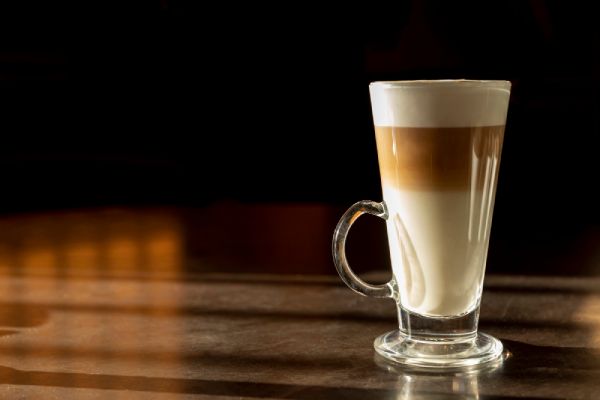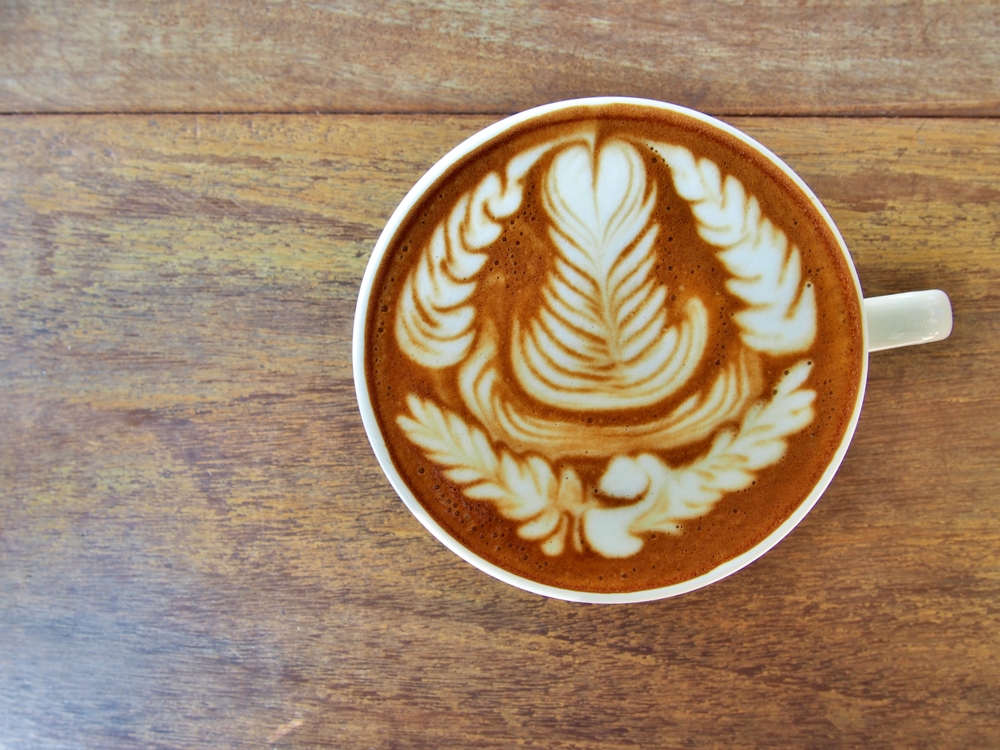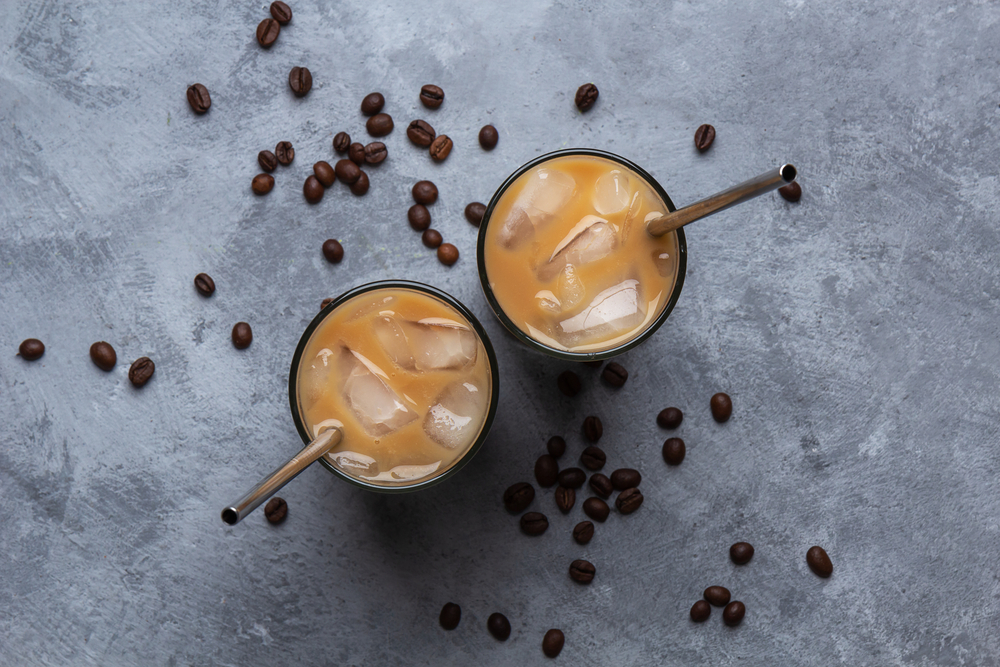Decaf Lattes: The Low-Caffeine Alternative
Yes, lattes can indeed be decaf. When you still crave the rich taste and creamy texture of a latte without the caffeine, a decaf latte is the perfect choice. But, what exactly is a decaf latte, and how does it compare to its caffeinated counterpart? Let’s dive deeper into the world of decaf lattes.
What is a Decaf Latte?
A decaf latte is simply a latte made with decaffeinated espresso. Decaffeinated coffee goes through a special process to remove at least 97% of the caffeine while preserving its flavor and aroma.
“A decaf latte offers the delightful flavor and creaminess of a regular latte, with significantly less caffeine.”
After brewing the decaf espresso, it is combined with steamed milk to create a decaf latte. The result is a drink with the same comforting warmth, creaminess, and complex coffee flavor as a regular latte, but with virtually no caffeine.
Why Choose a Decaf Latte?
There are various reasons why people might choose a decaf latte over a regular latte:
Sensitivity to Caffeine: Some people are more sensitive to caffeine than others. For them, even a small amount can cause side effects such as insomnia, restlessness, or palpitations. A decaf latte allows them to enjoy the taste of coffee without these unwanted effects.
Evening Enjoyment: For those who love a good latte but don’t want to risk a sleepless night, a decaf latte can be a great option for an evening treat.
Pregnancy and Health Concerns: Pregnant women, people with certain medical conditions, and those advised by their doctor to limit or avoid caffeine can all benefit from choosing decaf lattes.
The Decaffeination Process
The decaffeination process has been refined over the years to preserve the taste and aroma of the original coffee beans as much as possible. Several methods are used, including the Swiss Water Process, the Direct Solvent Process, the Indirect Solvent Process, and the Carbon Dioxide Process.
“The decaffeination process aims to remove caffeine while preserving the coffee bean’s natural flavors and aromas.”
While these methods differ in the details, they all have the same goal: to remove caffeine from the coffee beans while causing minimal damage to the flavor compounds.
Decaf Lattes: As Good as the Real Thing?
Decaf lattes may lack the caffeine of regular lattes, but they certainly don’t have to lack in flavor. The taste of a decaf latte will depend largely on the quality of the decaf coffee used.
Quality is Key
As with regular coffee, the flavor of decaf coffee (and thus the flavor of a decaf latte) can vary greatly depending on factors such as the type and quality of the coffee beans, the method of decaffeination, the roasting process, and the freshness of the coffee.
“The flavor of a decaf latte depends largely on the quality of the decaf coffee used.”
When a high-quality decaf coffee is used, a decaf latte can be just as satisfying and flavorful as a regular latte.
Conclusion: Lattes for All Preferences
In conclusion, whether caffeinated or decaffeinated, lattes are versatile drinks that can be tailored to a wide range of taste preferences and dietary needs. Whether you’re a coffee aficionado seeking a late-night treat, someone with a caffeine sensitivity, or someone who’s just trying to cut back on caffeine, a decaf latte can be a great option. It offers all the flavor, warmth, and comfort of a regular latte, minus the caffeine. Cheers to that!
Takeaway: Yes, lattes can indeed be decaf. The process involves using decaffeinated coffee that has gone through a specific process to remove at least 97% of the caffeine content. This results in a beverage with the creamy, rich taste of a latte without the potentially disruptive caffeine. Enjoying a decaf latte is an excellent option for individuals sensitive to caffeine, looking to cut their caffeine consumption, or wanting a soothing latte in the evening without worrying about disrupted sleep. Quality decaf coffee can ensure that your decaf latte is every bit as delicious as the real deal.



